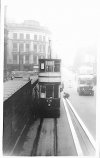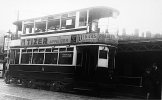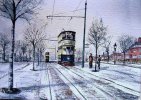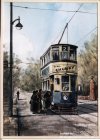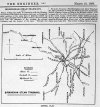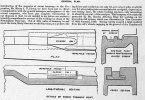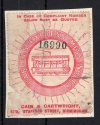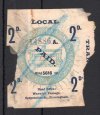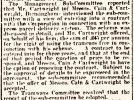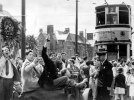I can find no mention of Cain & Cartwright in the Kellys that I have , though O do no have access to ones for 1905-1907, which might (seeing Pedros 1907 cutting above). However I do have some information on the Stafford st address and the firms there. which at one time had B.H.Cartwright as the proprietor. All the dates are publication dates of the directory and may refer to the year before
In the early 1870s George Howell had a tobacconist shop at 2 bull St. He was a receiving house for the Globe Parcels Despatch Co.. By 1882 he had expanded his parcels business and described himself as carrier & tobacconist, though still at bull St. by 1888 and until 1897 he was at 13 New Meeting St as George Howells & Co, railway carrier's agents., and from 1899-1900 the firm was Howells Parcel Express, 11 Dalton St, railway carrier's agents. By 1903 it was Howells Goods & Parcels Express, (B.H.Cartwright Prop.) 11 Dalton St, railway carrier's agents . They had moved to 67-69 Stafford St by 1904 and remained there (with B.H.Carwright as proprietor ) till at least 1923, but had disappeared by 1932.
From 1908 to 1923 Pitt and Scott Lts, foreign carriers, also worked from the address, as did The Simplex Carrying C. carriers agents, from 1921-1923) and in 1923 as did Carter Patterson , carriers, a later very well known firm .
Parcels Express Messenger Carriers, Warwick Passage. parcel carrier, are listed 1910-1913 , but not in 1908. By 1915 they apepar to have changed their name, or been taken over, and are called The Birmingham Motor Express Parcel Delivery Co., but have disappeared by 1921. In 1912 they advertised for aboy tom work for them and ride a tricycle, presumably making local deliveries


